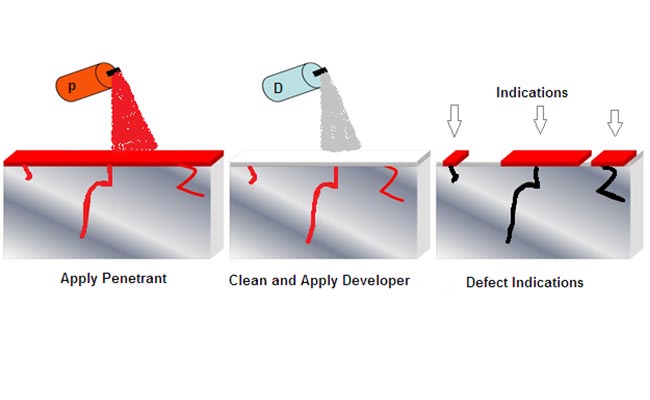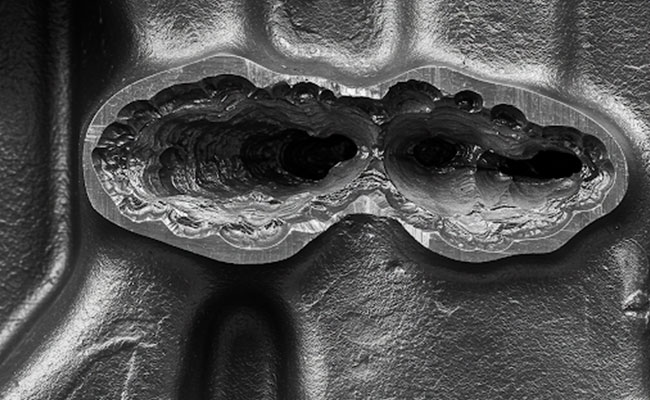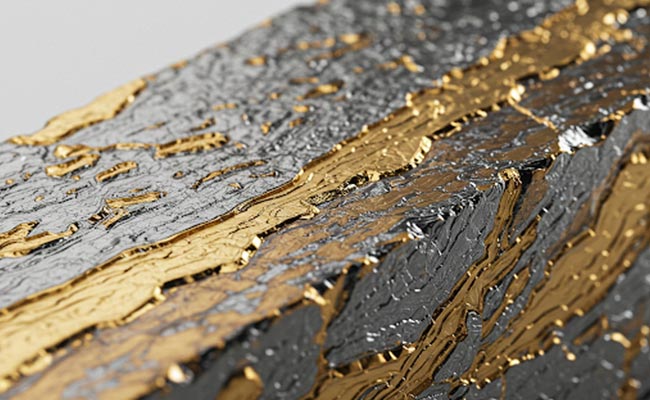
Sustainability in Foundries: How the Casting Industry is Going Green II
2025-05-06
Non-Destructive Testing Methods for Casting Quality Control part 2
2025-05-20Non-destructive testing (NDT) plays a crucial role in ensuring the quality, integrity, and safety of cast products without damaging them. Foundries rely on NDT methods to identify defects such as porosity, cracks, inclusions, and voids, ensuring that the castings meet strict quality standards. Here’s an overview of the most commonly used NDT methods in casting quality control:
1. Visual Inspection (VT)
Purpose: Identifies surface defects like cracks, mismatched molds, shrinkage, or incomplete fills.
Process: Uses the naked eye, magnifying tools, or cameras to examine cast surfaces.
Advantages:
Simple and low-cost.
Requires minimal equipment.
Limitations: Cannot detect internal or subsurface defects.
2. Liquid Penetrant Testing (LPT/DPT)
Purpose: Detects surface-breaking defects such as cracks, seams, and porosity.
Process: A liquid dye is applied to the surface, allowed to penetrate flaws, then removed. A developer is applied to highlight any trapped dye, revealing defects.
Advantages:
Easy to apply to complex shapes.
High sensitivity to small defects.
Limitations:
Limited to detecting only surface defects.
Surface preparation is essential for accuracy.
3. Magnetic Particle Testing (MPT)
Purpose: Identifies surface and near-surface defects in ferromagnetic materials.
Process: Magnetic fields are induced in the casting. If a flaw disturbs the field, magnetic particles applied to the surface cluster around it.
Advantages:
Quick and effective for ferrous metals.
Identifies both surface and slightly subsurface flaws.
Limitations:
Restricted to ferromagnetic materials.
Not effective for detecting deeper flaws.
4. Radiographic Testing (RT)
Purpose: Detects internal defects such as voids, inclusions, and cracks.
Process: X-rays or gamma rays are passed through the casting, and the intensity of transmitted radiation is recorded on a film or digital sensor.
Advantages:
High accuracy for identifying internal flaws.
Permanent records of inspections (films).
Limitations:
High initial equipment cost.
Requires trained operators and strict safety measures for handling radiation.
5. Ultrasonic Testing (UT)
Purpose: Evaluates both surface and subsurface defects by analyzing sound waves.
Process: High-frequency sound waves are transmitted into the casting. Flaws reflect these waves back, creating signals interpreted by the device.
Advantages:
Can detect defects at significant depths.
Suitable for a wide range of materials.
Limitations:
Complex geometry may affect accuracy.
Requires experienced technicians to interpret results.




